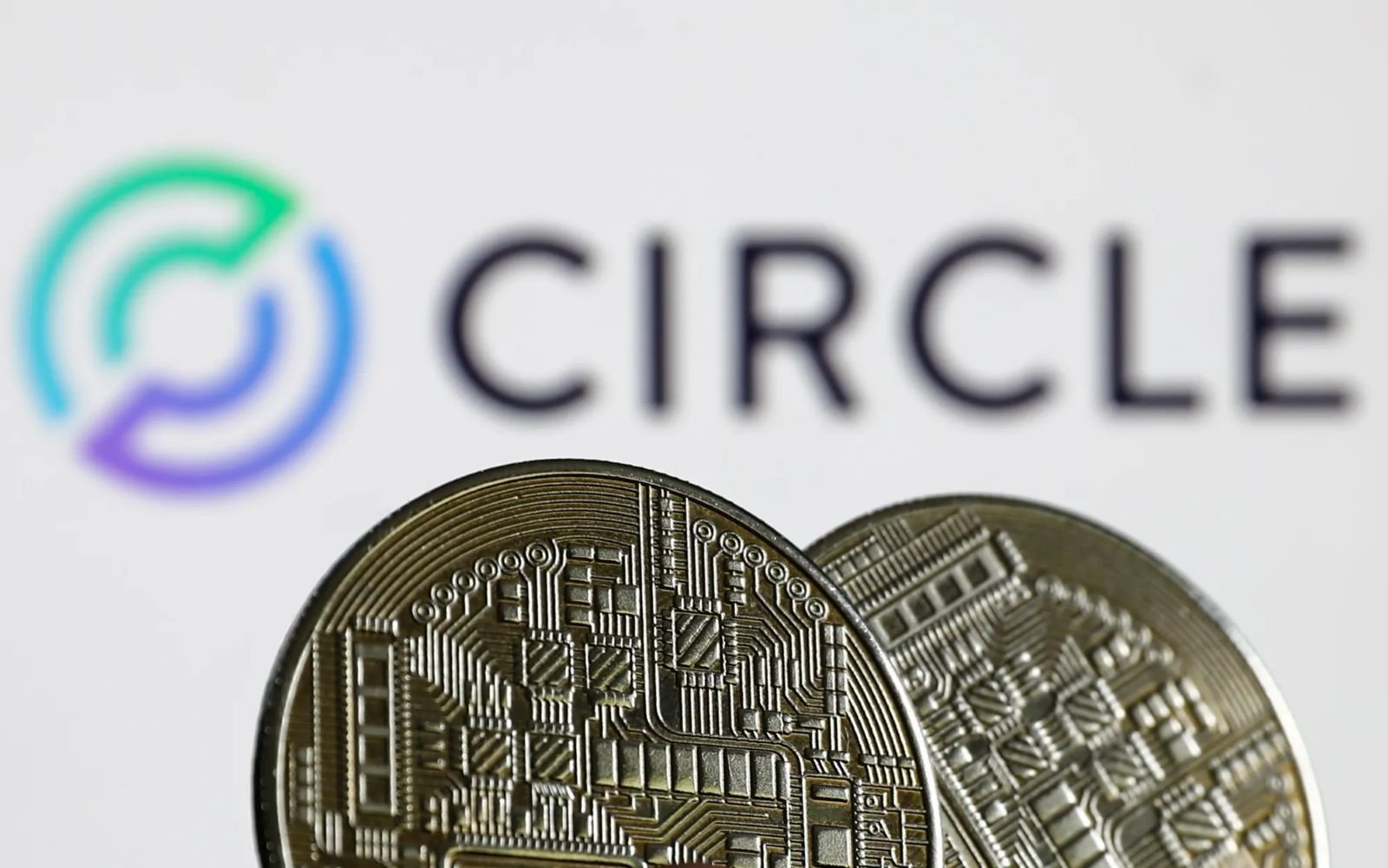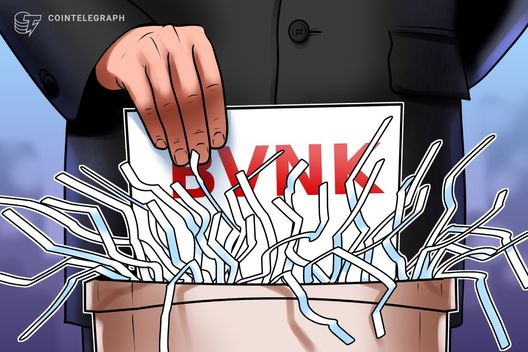ARTICLE AD BOX

- Circle launched CCTP V2 on Unichain, enabling faster USDC transfers and developer-friendly automation tools like Hooks.
- CCTP V2 brings improved capital efficiency through a burn-mint model, reducing liquidity fragmentation across networks.
After previously being present on various networks, now it’s Unichain’s turn to be officially connected to Circle’s Cross-Chain Transfer Protocol version 2 (CCTP V2). This step was officially announced by Circle yesterday, and was immediately warmly welcomed by the crypto community. It’s not just about the speed of transfers between networks, but also about the new flexibility that makes developers’ lives much easier.
CCTP V2 is now available on @unichain!
Key benefits for developers and users: Fast Transfer: crosschain @USDC settlement in seconds
Fast Transfer: crosschain @USDC settlement in seconds Hooks: smart contract integrations for post-transfer actions
Hooks: smart contract integrations for post-transfer actions Capital Efficient: 1:1 burn-and-mint, no liquidity pools or fillers
Capital Efficient: 1:1 burn-and-mint, no liquidity pools or fillers … pic.twitter.com/YgYoFI5qga
… pic.twitter.com/YgYoFI5qga
— Circle (@circle) June 26, 2025
Faster Transfers and Smarter Automation in One Package
In the previous version, USDC users who wanted to send their assets from one chain to another had to wait for dozens of minutes until the transaction was completely completed. Now? That process has been shortened to just a few seconds.
That alone is good news, but CCTP V2 doesn’t stop there. Circle also introduces a feature called Hooks, a kind of smart tool that allows for automated actions immediately after the transfer is complete. For example, after USDC moves to a new chain, the tokens can immediately go into staking, or immediately swap to other assets—all without additional clicks from the user.
Furthermore, the presence of CCTP V2 on Unichain makes it part of Circle’s increasingly dense cross-chain ecosystem. Previously, CNF reported that World Chain had also integrated this protocol.
With the support of a simple burn and mint process, World Chain users can now stream USDC to various networks without any hassle. This protocol does not require special permissions and remains secure, perfect for networks that want to strengthen flexibility between DeFi applications.
Circle Makes It Easier for Developers and Everyday Users Alike
If I may compare, the old process was like transferring money between different bank branches. Now? It feels like scanning QRIS at a coffee shop—done in seconds. Circle also seems to understand that speed alone is not enough. So they also present automatic logic that can be utilized by developers more practically. No need for additional integration for post-transfer execution, just use Hooks and the matter is done.
On the other hand, this integration also brings increasingly noticeable capital efficiency. Instead of locking funds in various networks just for liquidity, developers can now rely on Circle’s more efficient and flexible burn-mint model.
This could be a solution for small teams who want to build products without needing too much capital to spread liquidity everywhere.
As an additional note, Circle is also actively preparing a global digital payment infrastructure. Also in May, they launched the CPN Mainnet which enables instant cross-border blockchain payments, complete with real-time visibility. This CPN even supports various major international payment channels. So clearly, Circle is serious about building a global financial channel driven by stablecoins.
Interestingly, the use of USDC has also begun to penetrate the real world. At a digital finance forum in Bermuda, Coinbase confirmed that local residents have started using USDC for daily shopping. There was even an airdrop aimed at 250 residents, and transactions of almost $40,000 were recorded in just one day.
Now, with the presence of CCTP V2 on Unichain, the opportunity to expand the use of USDC to various realms is even wider. Is this the beginning of more networks to follow? It could be.
.png)
 4 months ago
5
4 months ago
5







 English (US)
English (US)